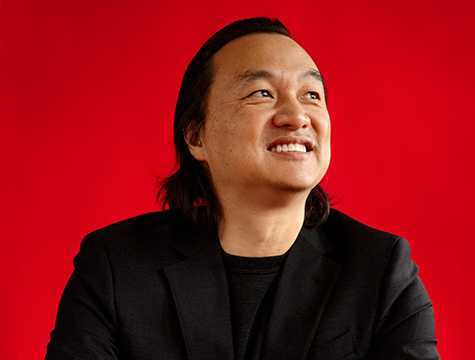When the coronavirus pandemic shut down much of everyday life last year, some researchers at Iowa State University continued to work uninterrupted in a laboratory, running hour after hour, even under the cover of darkness. Showing no signs of fatigue, these precise data-collectors kept rolling, collecting crop data that are biologically important or could have an impact on yield, or painstakingly watering and measuring plants to study the effects of drought.
The research didn’t violate physical distancing guidelines because it all depends on robots – yes, robots – that were designed to work as autonomously as possible.
Driven by data
The key to innovation in a host of fields is advanced data, with advanced methods for collecting it, analyzing it and applying the insights gleaned to serve the greatest good with the least impacts. The robot-powered projects are a perfect example of what can be accomplished in a research environment like Iowa State’s that fosters deep collaborations between the best thinkers across multiple disciplines.
For instance, designing one-of-a-kind robotic rovers involves both hardware and software, requiring a team with backgrounds in computer science; computer, electrical and agricultural engineering; and plant sciences. Lie Tang, professor of agricultural and biosystems engineering, and his team lead the charge.
“One of our most successful rovers is part of a larger automated system that’s accelerating climate change research inside a facility called the Enviratron. The Enviratron includes a series of growth chambers with eight different environmental conditions running at once. The robotic rover moves between chambers collecting data on how environmental conditions impact plant productivity,” Tang said. Perfect for the era of social distancing.
“In an event like this, this kind of system really shows its strength because it doesn’t need that much human intervention at all,” Tang said.
Analyzing the data will allow the researchers to better understand how plants respond to drought conditions, and many of the insights gleaned from the data will apply to crops such as corn and soybeans. “The data could inform a wide spectrum of applications and benefit producers across the globe, leading to increased yield and food security.”

— Lie Tang, associate professor of agricultural and biosystems engineering at Iowa State
Next generation innovation
Tang’s next innovation – Phenobots – will take their rover technology to the field, running on the rich, black Iowa soil. He and his team are looking into ways to network their new rovers from locations throughout the Midwest, creating a “Phenonet”: a network of phenotype crop data.
“Such a network provides a universal platform enabling comprehensive field-based research on genome-crossed-by-environments (GxE) interactions,” Tang said. “These GxE interactions help address the need for sufficient food, feed and fiber for the planet’s growing population, which is vital in an ever-changing environment.”







